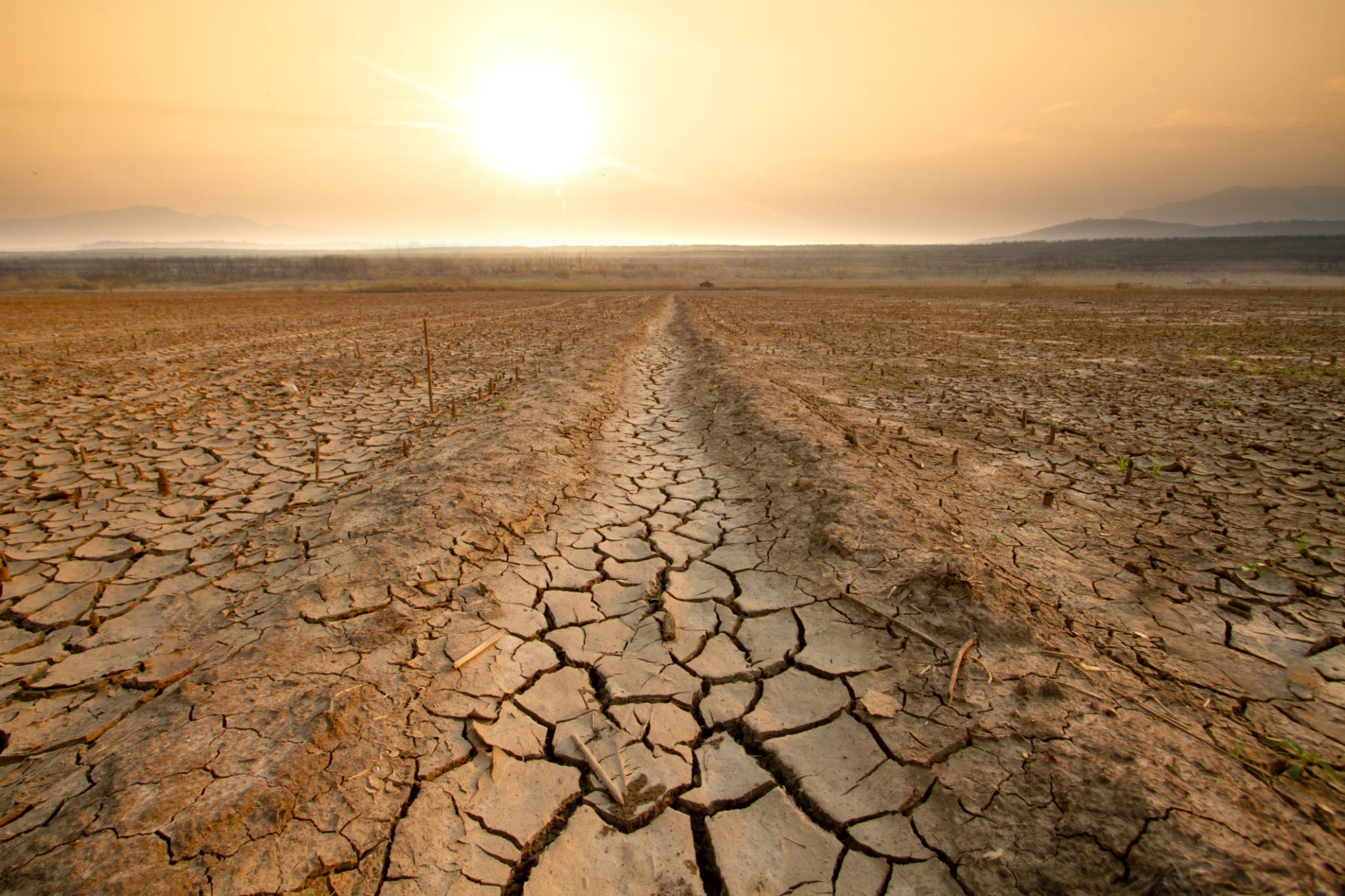How to Choose the Right Erosion Control Solutions for Your Property
Understanding Your Erosion Control Needs
When it comes to protecting your property from the damaging effects of erosion, choosing the right solution is crucial. Erosion can lead to significant landscape damage, loss of soil fertility, and even structural issues with buildings. To effectively address this, it's important to first assess the unique needs of your property. Consider factors such as the slope of your land, soil type, and local weather conditions. Understanding these elements will help you make informed decisions about the best erosion control methods to apply.
Each property is unique, and a one-size-fits-all approach rarely works when it comes to erosion control. For instance, a property with steep slopes may require different techniques compared to flat terrains. Similarly, areas prone to heavy rainfall might benefit from different solutions than arid regions. By evaluating these aspects, you can tailor your strategy to ensure maximum protection.

Types of Erosion Control Solutions
There are several types of erosion control solutions available, each with its own advantages. Understanding these options can help in selecting the most suitable one for your property.
Biological Solutions
Biological methods often involve using plants and vegetation to stabilize the soil. Plant roots help hold the soil in place, reducing the risk of erosion. This approach not only prevents soil loss but also enhances the aesthetic appeal of your property. Popular choices for biological erosion control include grasses, shrubs, and ground covers that thrive in your local climate.

Structural Solutions
Structural solutions commonly involve the use of physical barriers or modifications to the landscape. Retaining walls, terraces, and riprap are examples of structural methods that can effectively prevent soil erosion. These solutions are particularly useful in areas with steep slopes or where water runoff is a major concern.
However, structural solutions can be more expensive and may require professional installation. It's essential to weigh the costs against the benefits to determine if this is the right approach for your property.

Evaluating Cost and Maintenance
When choosing an erosion control solution, it's important to consider both initial costs and ongoing maintenance. Some methods may require minimal upkeep, while others could demand regular attention and resources. For instance, while biological solutions might be less expensive initially, they may need ongoing maintenance such as watering and trimming.
Conversely, structural solutions might have higher upfront costs but generally require less maintenance once installed properly. Evaluating these aspects will help you choose a solution that fits your budget and long-term maintenance capabilities.
Consulting with Professionals
If you're unsure about which erosion control solution is right for your property, consulting with a professional can be incredibly beneficial. Professionals can provide expert advice tailored to your specific situation and help you implement the most effective strategies. They can also assist with navigating any local regulations or permits required for certain types of installations.
Engaging with experts ensures that you are making informed decisions that will protect your property for years to come. It's an investment in the longevity and health of your landscape.

Implementing and Monitoring Your Solution
Once you've selected and installed the appropriate erosion control measures, ongoing monitoring is essential to ensure their effectiveness. Regular inspections will help you identify any issues early on and allow for timely interventions. Pay attention to changes in your landscape, such as soil displacement or water pooling, as these may indicate that adjustments are needed.
By staying proactive, you can maintain the integrity of your erosion control efforts and protect your property from potential damage. Long-term success requires vigilance and periodic evaluation to adapt to changing conditions or unforeseen challenges.
